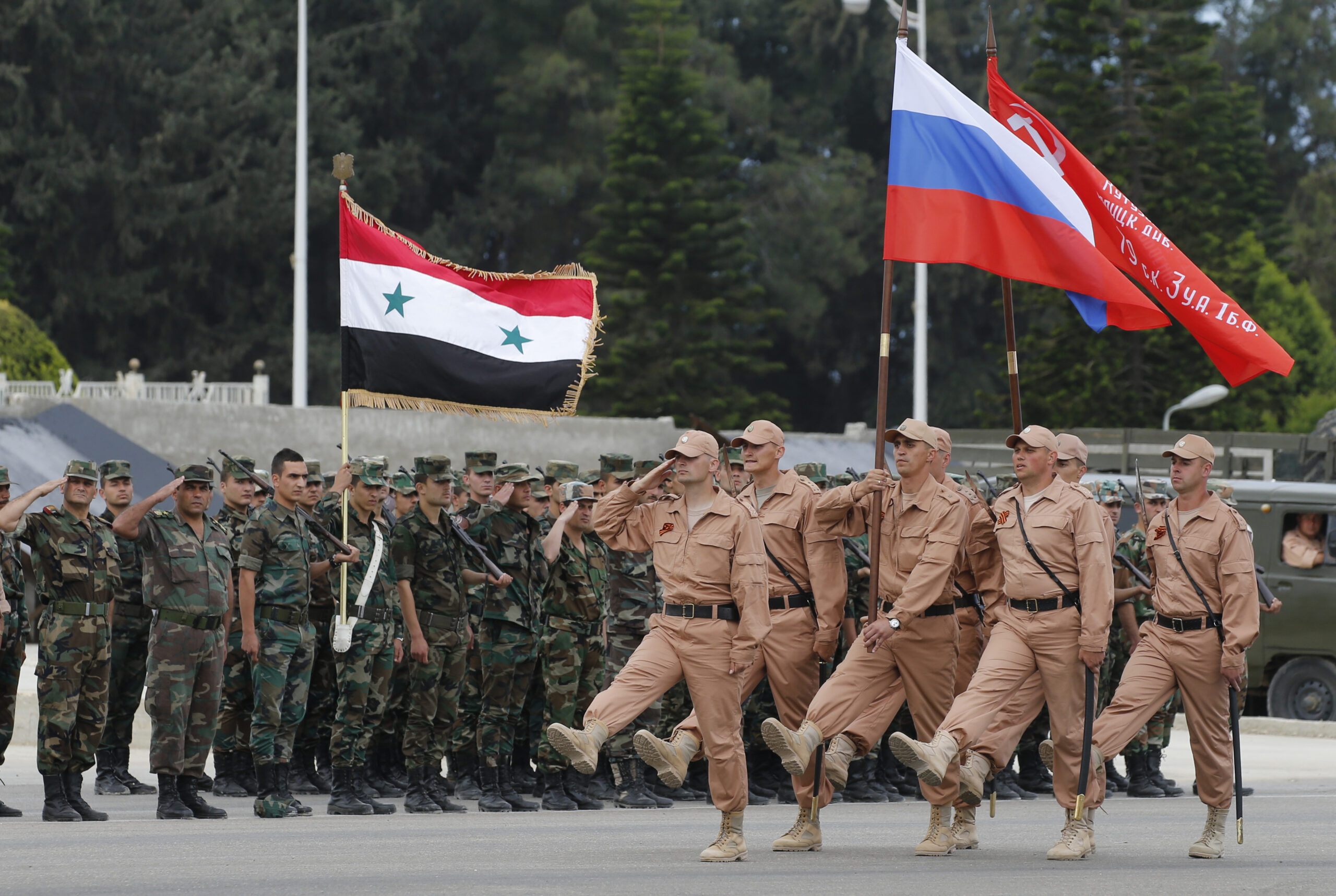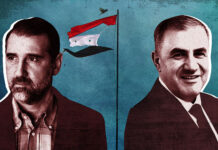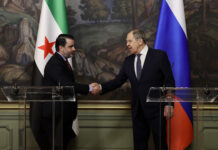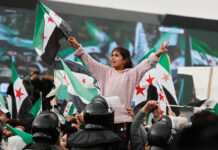
Nine years have passed since Russia’s military intervention in Syria, aimed at sustaining the regime of Bashar al-Assad. The move, which began on September 30, 2015, drastically altered the course of the Syrian conflict. Today, Moscow remains a dominant player in Syria, despite its military focus shifting to Ukraine.
Initially, Moscow’s primary goal was to protect the regime from collapse. By 2015, Assad had lost control of over two-thirds of the country to the Syrian revolutionaries. However, Russia’s involvement helped him reclaim substantial territory, reshaping the battlefield and Syria’s political landscape.
Russian support started with airstrikes, with the Air Force conducting over 100,000 combat sorties in Syria, according to Yevgeny Nikiforov, a senior commander. Over the years, Moscow’s presence evolved from direct military intervention to political maneuvering, focusing on rehabilitating Assad and securing Putin’s wider geopolitical interests.
“Since Putin assumed power, his focus has been restoring Russia’s status as a global superpower, which was lost in the 1990s,” said Dr. Nasr Al-Youssef, a Russian affairs expert. He added that Syria became a vital part of Putin’s strategy, as Moscow established military points and bases across Syrian territory, including the Hmeimim Air Base and a naval facility in Tartus.
Despite Moscow’s reduced military commitment in Syria due to its war in Ukraine, it has maintained a strategic presence. In 2023, Putin increased his military sites from 105 to 114, taking over positions previously held by Iranian militias in southern Syria. Today, Russia controls 21 military bases and 93 outposts scattered across the country.
Putin’s involvement has been costly for civilians, with the White Helmets responding to nearly 1,000 attacks. According to the Syrian Network for Human Rights (SNHR), 6,969 civilians, including 2,055 children and 1,094 women, have died in Russian airstrikes and military operations since 2015. The devastation has persisted despite ceasefire agreements brokered with Turkey, such as the 2020 Moscow agreement.
While Putin claims to have frozen the front lines in Syria he has failed to curb the Assad regime’s attacks on civilian areas, says Dr. Al-Youssef. Despite the ceasefire, the regime continues to bombard civilian centers in Idlib and other liberated areas with drones and artillery, while Russian forces conduct reconnaissance and provide the targets rather than direct combat operations.
Putin’s military attention has increasingly shifted to Ukraine, where Moscow faces a major confrontation with the West. This shift has caused a noticeable decline in its military involvement in Syria.
Russia’s presence in Syria is not expected to diminish significantly. In late 2023, Putin confirmed that his forces would remain in Syria “as long as it is beneficial for Russia,” solidifying Syria as a key part of Moscow’s strategy in the MENA region.
Experts believe that Putin has no plans to withdraw from Syria. “All Russian military and political circles are talking about a permanent and strong Russian presence in Syria,” said Raed Jabr, a political analyst. He added that Moscow views Syria as essential to its geopolitical strategy, providing a foothold in the eastern Mediterranean and countering Western influence.
While Russia initially presented itself as a stabilizing force in Syria, particularly in areas like Daraa and Homs, it has struggled to maintain security. Local armed groups frequently clash with regime forces, with assassinations and kidnappings occurring despite the supposed oversight of Russian-backed militias like the Eighth Brigade. In its absence, Iranian militias, like Hezbollah, have expanded their influence, particularly in southern Syria, often clashing with local forces over control of drug trafficking routes.
As Moscow’s military influence wanes, its diplomatic efforts have intensified. Putin has taken on the role of “mediator” in the conflict, sponsoring talks between Turkey and Syria and pushing for Assad’s normalization within the Arab world.
Nine years after its intervention, Russia’s military, political, and economic entanglements in Syria have left an indelible mark on the country. While the nature of its involvement has changed, its goals – to protect Assad and expand its influence – remain the same.








